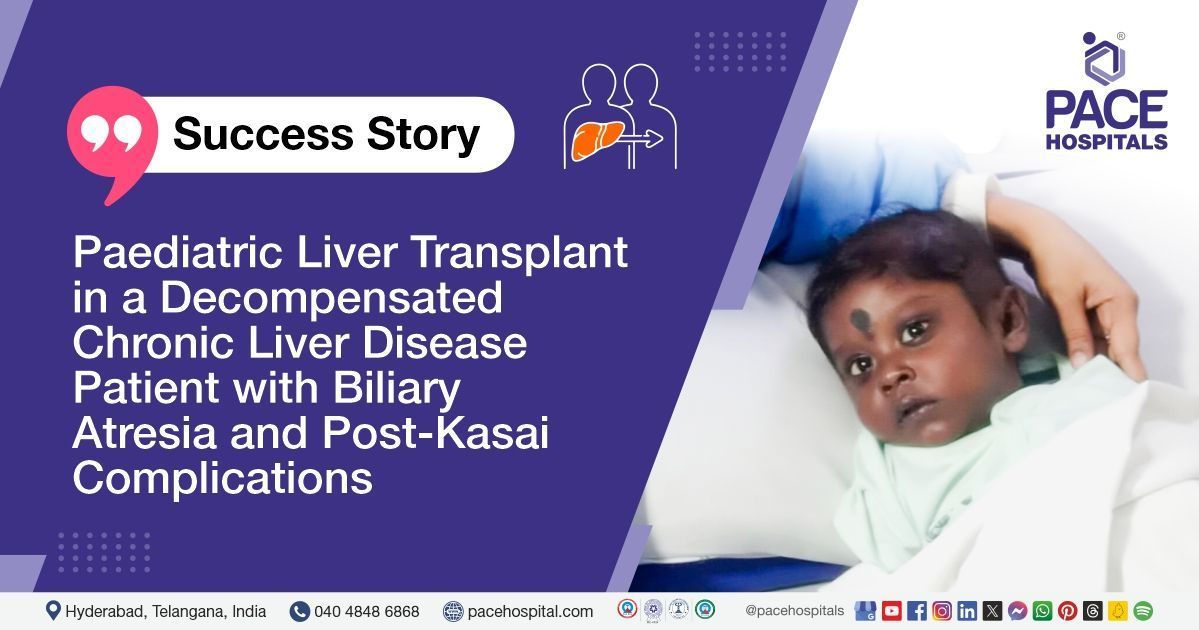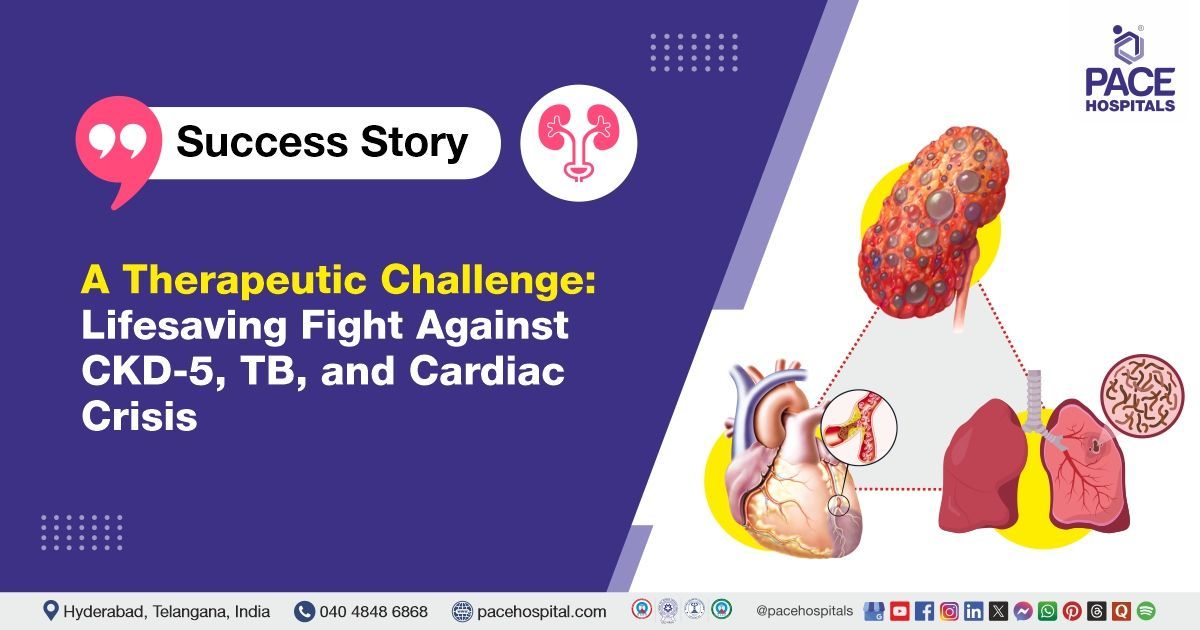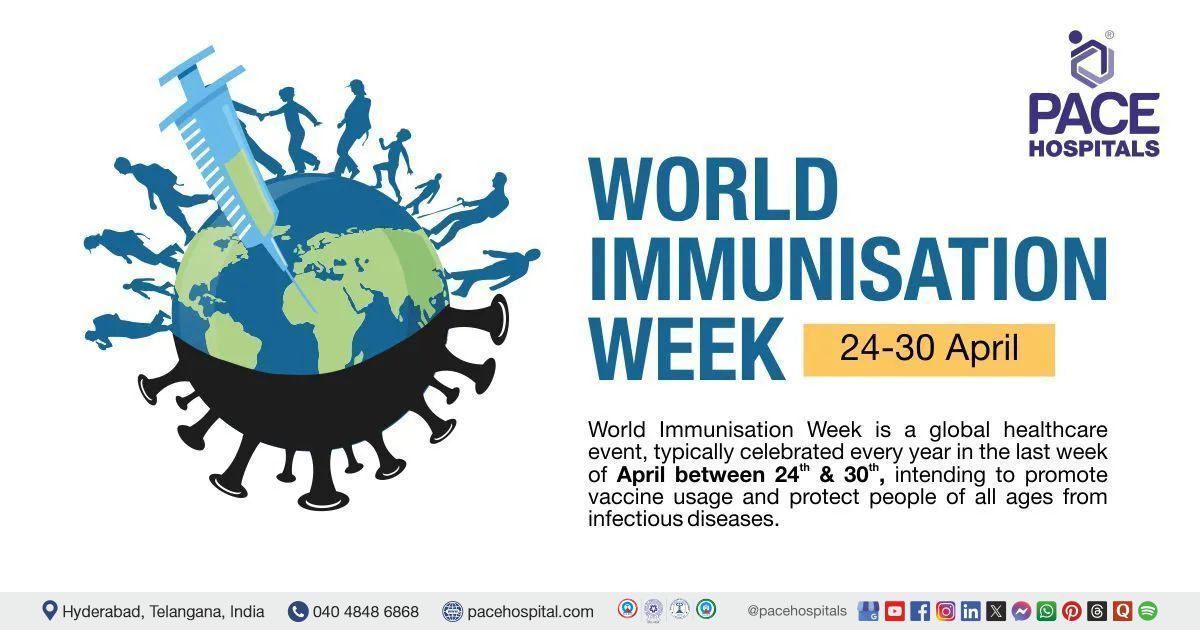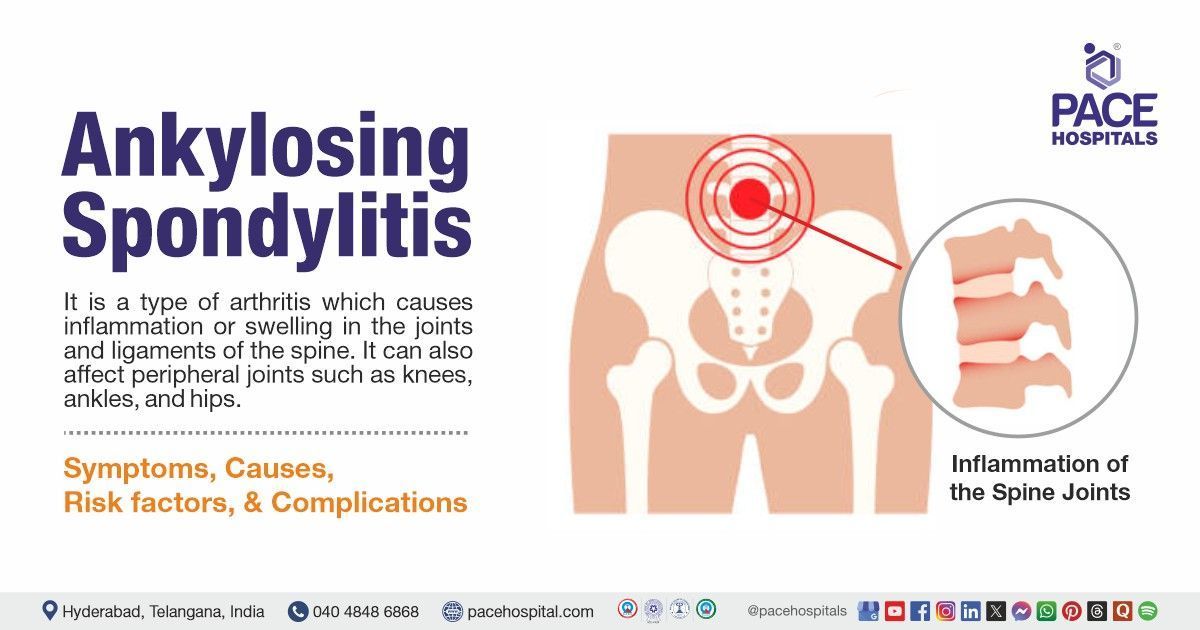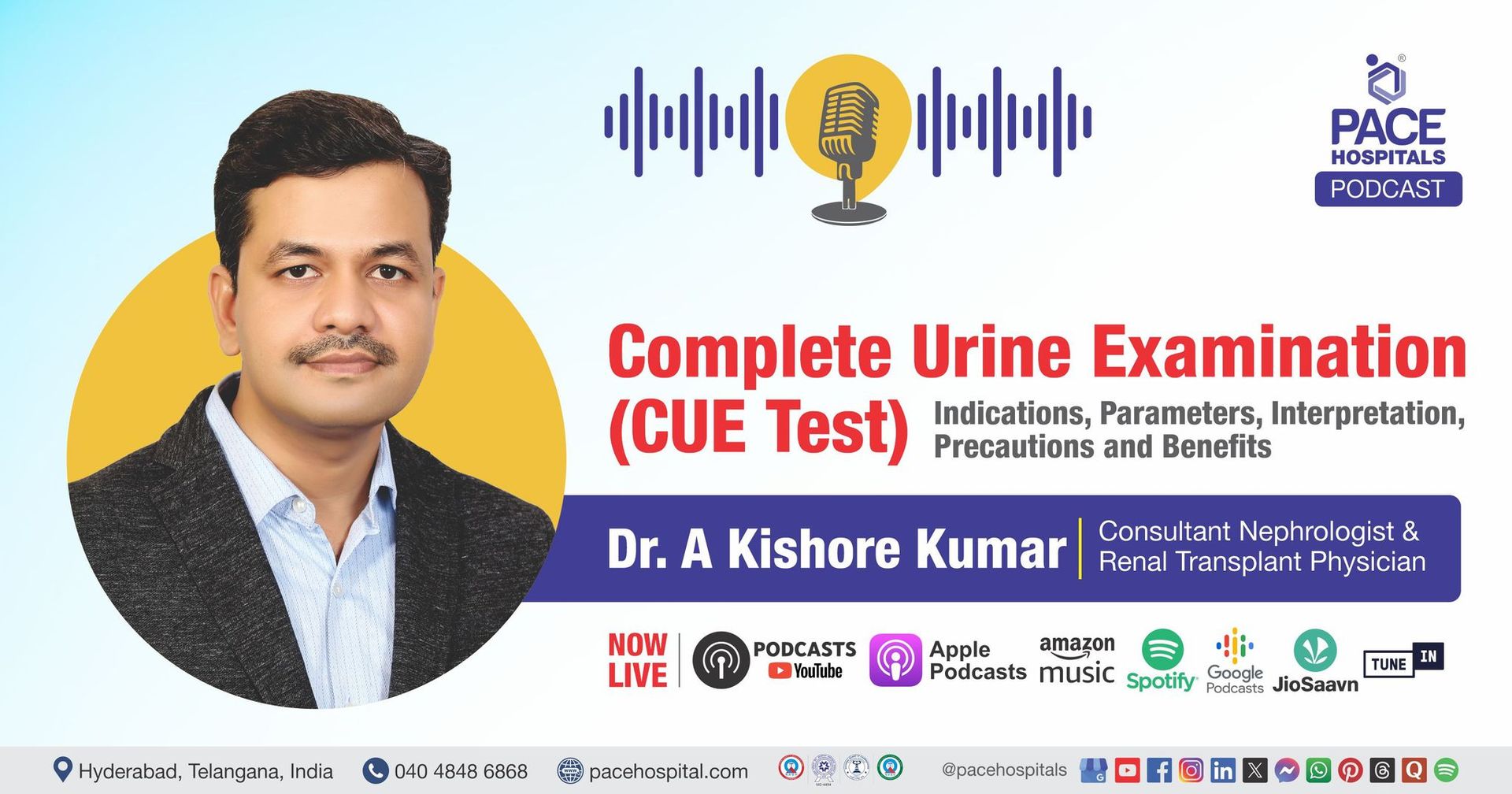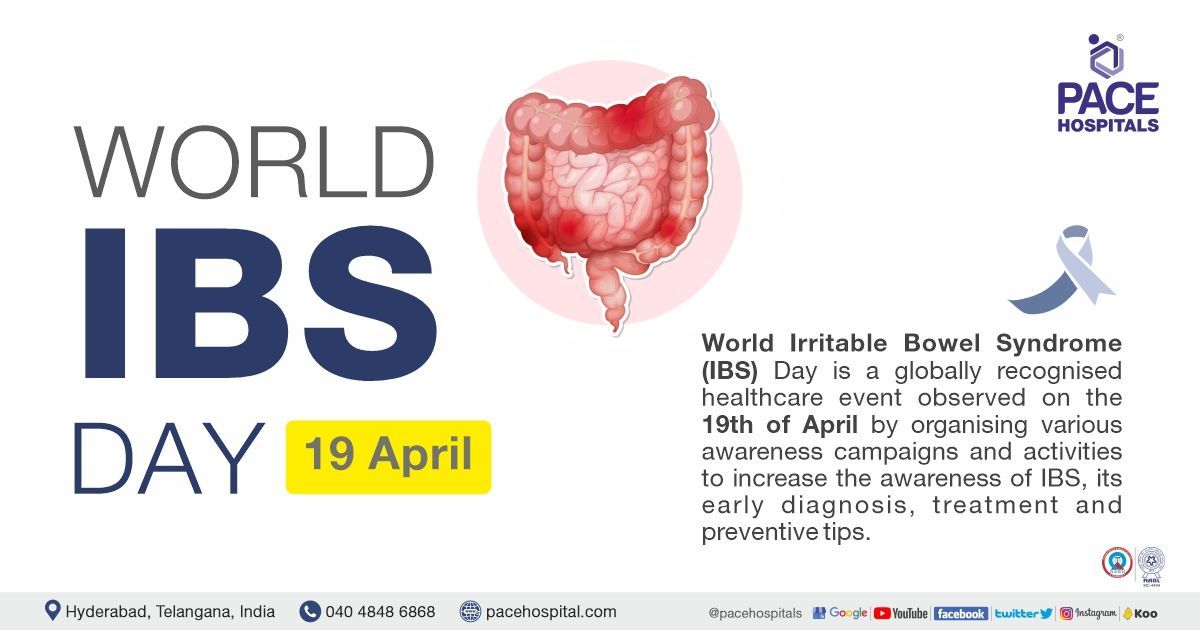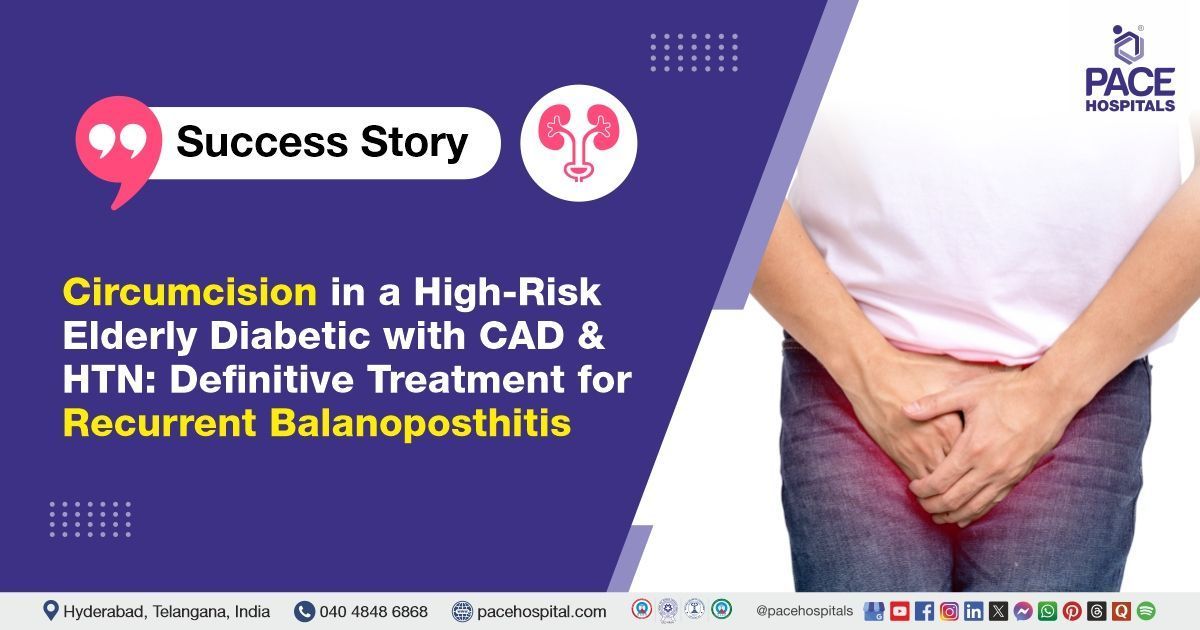Paediatric Living Donor Liver Transplant in a Decompensated Chronic Liver Disease Patient with Biliary Atresia and Post-Kasai Complications
A baby boy was admitted to Surgical Gastroenterology Department at PACE Hospitals, Hyderabad for advanced treatment of biliary atresia. The doctors performed a Living Donor Liver Transplantation (LDLT) to manage the disease condition.
Medical History
A 2-year- old baby boy was brought to
Surgical Gastroenterology Department at
PACE Hospitals, Hyderabad for advanced treatment of biliary atresia. The patient was a known case of biliary atresia with decompensated chronic liver disease (DCLD). At the age of 4 months, he underwent Kasai procedure but affected with progressive jaundice post procedure. His Paediatric
End-Stage Liver Disease (PELD) score was 19. All the lab parameters including complete blood count and platelets are within normal range.
Diagnosis
The patient was a known case of biliary atresia with decompensated liver disease post Kasai procedure. He was admitted to Surgical Gastroenterology Department for further treatment and management of the disease condition.
Biliary atresia is a congenital condition involving a blockage in bile ducts that transport bile from the liver to the gallbladder. The cause is unknown, but it can lead to liver damage and cirrhosis in babies, which can be potentially fatal if not treated.
Medical decision making (MDM)
Upon detailed understanding of the patient’s medical history and present complaints, Senior Consultant Surgical Gastroenterologist and Liver Transplant Surgeon Dr. CH Madhusudhan affirmed that living donor liver transplant (LDLT) would be the right approach of treatment to manage the disease post Kasai procedure complications.
Treatment
All necessary investigations required (such as
liver function tests,
liver biopsy) before surgery were done and analyzed for any abnormalities that might hinder the surgical procedure in the patient by
liver transplant team. After all due clearances were obtained, a pre anaesthetic checkup was done to prepare for the surgery. The living donor
pediatric liver transplant surgical procedure was performed with the patient’s maternal uncle as the donor after informing about the perioperative risks.
Surgical findings
The living donor liver transplantation procedure was performed on the patient without any complications initially. During the surgery, the liver was found to have macronodular cirrhotic nodules and minimal ascites. However, there were no signs of portal vein thrombosis, nor any pelvic or peritoneal deposits. A hypoplastic portal vein was noted, which denotes underdeveloped portal vein. In addition to this, multiple abdominal adhesions were observed, along with enlarged lymph nodes. Considering the complexity, the previously performed portoenterostomy was dismantled. Vicryl mesh wash was used to close the abdominal wall post-surgery and a Doppler test after skin closure reported normal.
Post-surgery
The initial postoperative period of the patient was without any complications, and the Doppler test was normal as well. Considering this, the patient started oral feeding from postoperative day (POD) 3. An Ultrasound guided pleural catheter was inserted on POD 3 to manage the pleural effusion. On POD 10, the patient was shifted to Intensive Care Unit from general observation room in view of recurrent fever. Serial cultures were sent to the lab and antibiotics were adjusted as per the requirement. A high flow nasal cannula (HFNC) was started to manage respiratory distress. Computed tomography (CT) scan was done on POD 19 to understand better about the persistent fever in the patient. The scan revealed loculated subdiaphragmatic collections and ascites. Ultrasound guided subdiaphragmatic and pelvic percutaneous catheter drainage (PCD) was inserted to manage the complication.
During the hospital stay, the patient was treated with IV fluids, IV immunosuppressants, IV antibiotics, IV antifungals, PPIs, multivitamins, antiemetic, analgesics, antipyretics and other supportive care.
Discharge notes
The liver enzymes improved post-surgery and immunosuppressants’ dosage was adjusted accordingly, before discharging the patient. He was discharged in a hemodynamically stable condition with proper patient counselling provided about disease, drug usage and surgical site care instructions. He was advised to get review done in 3 days post discharge at Surgical Gastroenterology OPD. However, They were informed to approach emergency care ward anytime in case of any adverse symptoms like fever, abdominal pain or vomiting.
Living donor liver transplantation (LDLT) post Kasai procedure in biliary atresia patients
Kasai is a surgical procedure to slow down the hepatic damage by clearing the bile duct blockage. However, it can fail due to various factors such as insufficient bile drainage, scar tissue formation, liver disease progression, infections, inflammation, and individual anatomical variations in the biliary tree. The procedure's success is generally better when performed before 3 months of age, and its overall success is influenced by technical, biological, and individual factors. Therefore, the Kasai procedure is a complex and multifaceted surgical procedure.
Living donor liver transplantation (LDLT) is a crucial option for children with biliary atresia, especially when the initial Kasai procedure fails or there is progressive liver dysfunction. Early intervention is crucial for better outcomes. LDLT uses a portion of a healthy donor's liver, usually a parent, and requires a thorough evaluation to ensure donor safety. Studies show LDLT can lead to excellent graft survival and improved quality of life for recipients, but post-transplant complications are common. Long-term follow-up is necessary to monitor liver function and support both the recipient and donor psychologically.
Share on
Request an appointment
Fill in the appointment form or call us instantly to book a confirmed appointment with our super specialist at 04048486868

